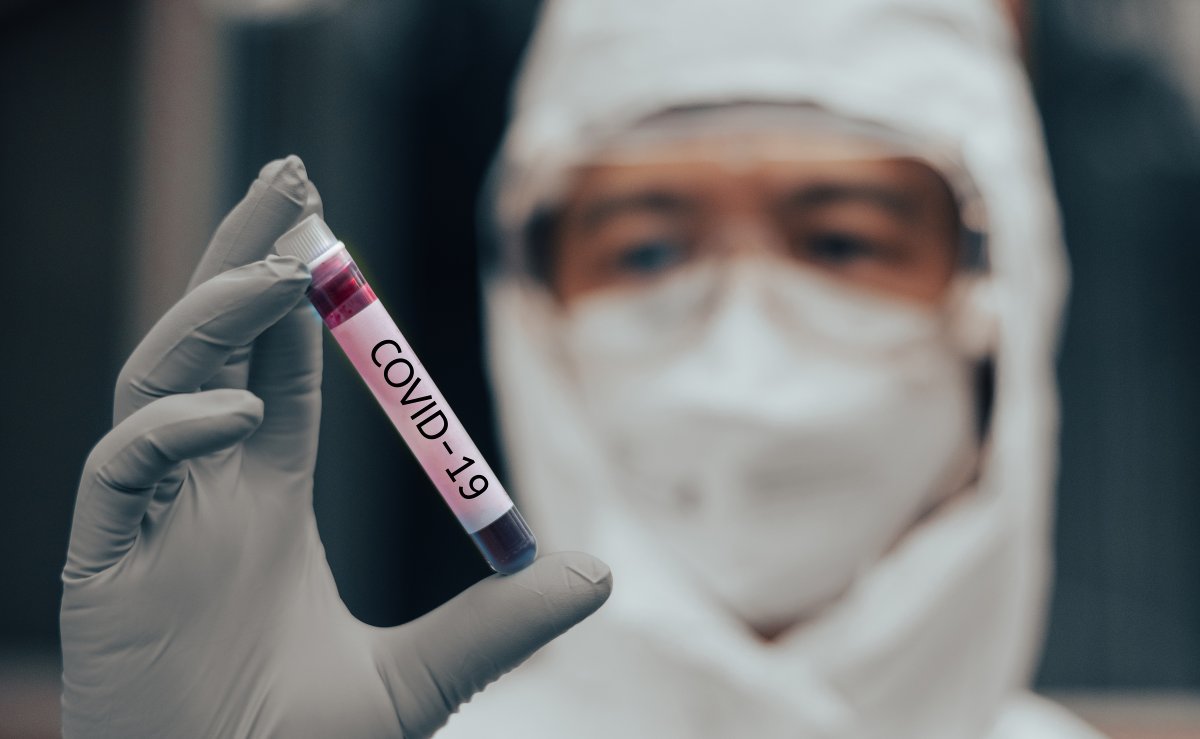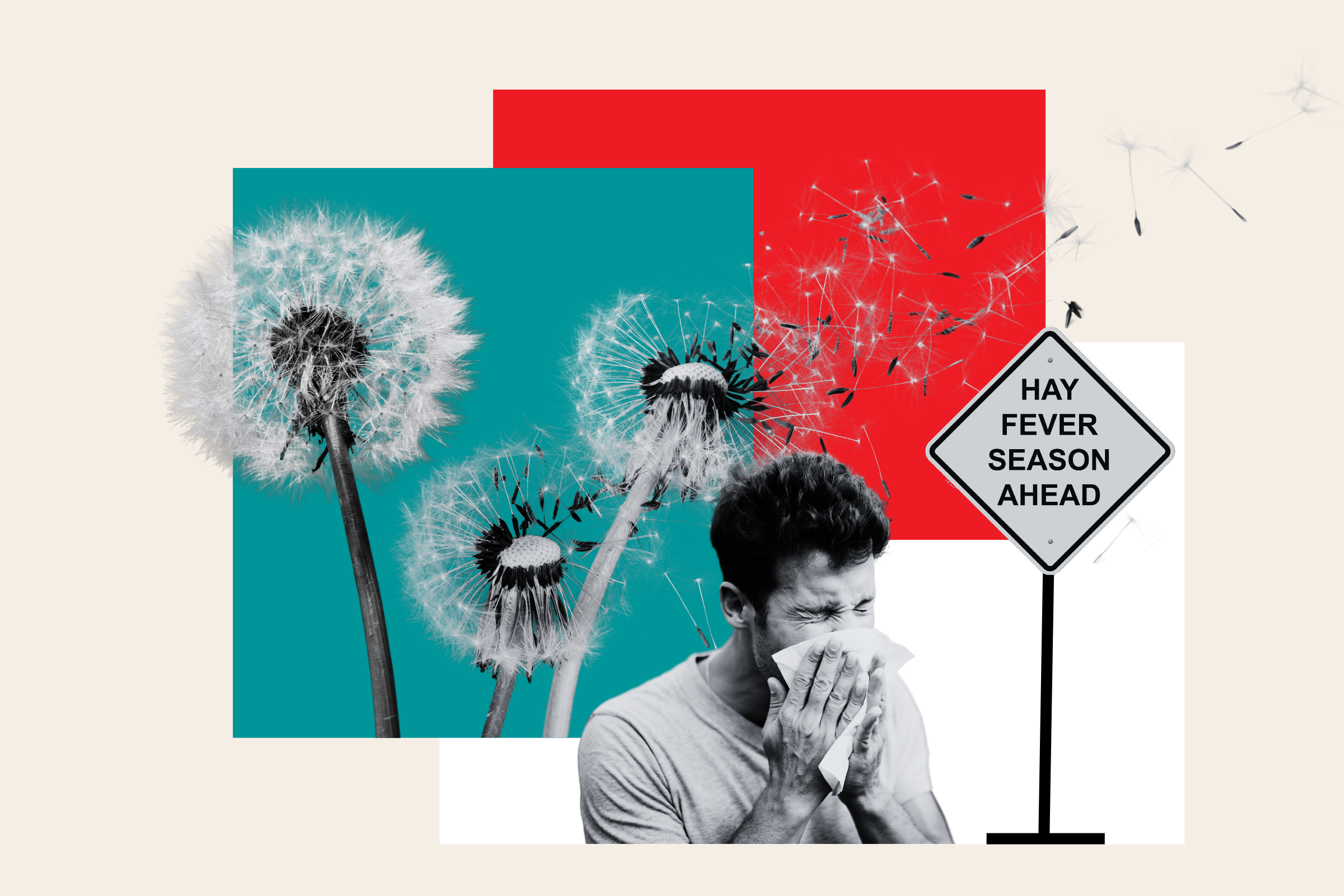Four years on from the COVID-19 pandemic, the origin of the SARS-CoV-2 virus is still contested. The most widely accepted hypothesis in the scientific community is that the virus naturally emerged from an animal source. However, there are others who believe that the virus leaked from a Chinese laboratory.
To add to this debate, a controversial new research paper from the University of New South Wales in Sydney, Australia, has suggested that the available evidence points toward an unnatural origin for the virus. But many others are unconvinced.
"The study uses an established tool to show that an unnatural origin is as plausible, if not more plausible, than a natural origin and not a low-probability, fringe theory," the study's senior author, Chandini Raina MacIntyre, professor of global biosecurity and head of the Biosecurity Research Program at the Kirby Institute of the University of New South Wales, told Newsweek.
"It does this by considering a large range of different intelligence and analyses using a framework that has been tested and trained on past natural and unnatural epidemics."
Much of our understanding of the origins of COVID-19 comes from genetic analysis and subsequent reconstruction of the virus's evolutionary tree. This so-called phylogenetic analysis allows us to understand how SARS-CoV-2 might have evolved from existing lineages in nature. Indeed, researchers have shown that SARS-CoV-2 shares 96 percent of its DNA with coronaviruses found in bats. But MacIntyre said that this data does not prove a natural origin for the virus.

"The question of origins of a virus cannot be answered by phylogenetics alone because gain-of-function research may not leave obvious signs of manipulation, and a resulting virus may appear 'natural,'" MacIntyre said. "A natural origin of SARS-COV-2 is, of course still possible, but there are no grounds to dismiss the suggestion of an unnatural origin.
"It remains a fact that no animal host or intermediary animal has been identified yet to support a zoonotic origin."
Gain-of-function research involves the manipulation of an organism's DNA (or in this case, a virus's DNA) to introduce or enhance new capabilities, such as its potential to infect new hosts. This is often performed to gain a better understanding of how an animal virus might mutate to infect humans, and thus how we can prepare for future outbreaks. However, this type of research is also controversial because there is always a small risk that these artificially infectious viruses could escape.
The Wuhan Institute for Virology, the location most often cited as the most likely source for any potential lab leak under this hypothesis, has a published record of conducting such gain-of-function research, the U.S. Department of State said in a statement. However, no direct evidence of SARS-CoV-2 resulting from gain-of-function research has been found.
Origins Of The Lab Leak Theory
Nevertheless, the lab leak theory, as it has become known, has remained one of the most contentious aspects of the pandemic, with accusations of cover-ups and the political obstruction of scientific inquiry.
In February 2020, White House medical adviser Anthony Fauci was alerted during a conference call with a group of scientists that COVID-19 might have originated from a lab. Shortly after, a paper titled "The Proximal Origin of SARS-CoV-2" was authored by conference participants and published in Nature Medicine. It doubted that a lab leak was "plausible."
That same month, the medical journal The Lancet published a statement signed by 27 scientists rejecting the theory, which expressed "solidarity with all scientists and health professionals in China". It added: "We stand together to strongly condemn conspiracy theories suggesting that COVID-19 does not have a natural origin."
However, such statements were quickly contested, not least by then-President Donald Trump, who in April 2020 was asked by a reporter if he had "seen anything that gives you a high degree of confidence, at this point, that the Wuhan Institute of Virology was the source of this virus?"
"Yes, I have," replied Trump.
Also in April 2020, Newsweek published a report detailing an assessment of the origins of COVID-19 by the U.S. Defense Intelligence Agency.
"We have no credible evidence to indicate SARS-CoV-2 was released intentionally or was created as a biological weapon," the intelligence report said. However, it added that the virus likely originated "accidentally" from "unsafe laboratory practices."
President Joe Biden ordered intelligence officials to "redouble their efforts" into investigating the theory in May 2021, but the report proved inconclusive. However, the same year, Fauci said he was "not convinced" the virus originated naturally.
In March 2023, the Wall Street Journal published a story detailing a classified report from the U.S. Department of Energy that the virus likely originated from a lab leak in Wuhan. The agency made the determination with a "low confidence" rating. The FBI, meanwhile, leaned towards a lab leak with "moderate confidence."
Despite such assessments, the scientific consensus is that the virus emerged naturally.
The Algorithm For Risk
In the latest study, published in the journal Risk Analysis, MacIntyre and colleagues Xin Chen and Fatema Kalyar analyzed the existing evidence around the origins of the virus using a series of 11 criteria and an algorithm for risk scoring to determine the likelihood of either hypothesis. The criteria included biorisk, peculiarities of the strain, geographic distribution, rapid spread and mode of transmission.
Using these methods, the team concluded that the pandemic was slightly more likely to have originated in a laboratory. However, others are not convinced.
"This type of publication is dangerous and misleading," Alice Hughes, associate professor in Biological Sciences at the University of Hong Kong, told Newsweek. "Many of the criteria used are subjective, or may be based on guesswork."
As an example, Hughes highlighted the authors' focus on a unique characteristic of the SARS-CoV-2 virus that allows it to infect human cells more effectively. This adaptation, called the furin cleavage site, is not known to exist in other SARS-related coronaviruses, which the authors suggest may be evidence of its unnatural origins.
However, Hughes disputes any such suggestion. "We see putative ones in wild-caught bat viruses (as well as wild influenza viruses), and with more sampling we would almost certainly find more," she said.
James Wood, co-chair of the Cambridge Infectious Diseases Interdisciplinary Research Centre and Alborada professor of equine and farm animal medicine at the University of Cambridge, also highlighted this discrepancy with existing data.
"This work uses essentially unvalidated methods and the paper contains a number of really basic errors," Wood told Newsweek. "These include that the Wuhan laboratory conducted a U.S.-funded gain-of-function study (the proposal was not funded) and that furin cleavage sites are not found on naturally occurring animal viruses (there are a number where this has been reported).
"This appears to me to be highly misleading, poor-quality research with no proper basis for the conclusions reached."
The Seafood Market Connection
Among the criteria, the authors also point towards the lack of positive animal samples for SARS-CoV-2 in the wake of the pandemic despite the high number of positive swabs taken from surfaces across the Huanan Seafood Market, a location that many in support of the natural spillover hypothesis have flagged as the likely epicenter of the pandemic. "This supports the positive samples having originated from infected human cases," the authors write.
However, Hughes highlighted several issues with these conclusions. "This shows more clearly than any other point that the authors do not understand the sampling," Hughes said. "No live animal samples were taken until after the outbreaks, no wildlife from the market was tested. It is likely that animals were actively destroyed when the rumor that an epidemic might have occurred to avoid blame. Very few live animals were sampled at all."
MacIntyre rejects this claim, pointing to data that suggests "457 animal samples, including dead animals in refrigerators and freezers and stray animals and their feces, were collected, with some stray animals sampled until March 30th."
MacIntyre said that his team's analysis acknowledges the subjective nature of the scoring, thus collating scores from two independent researchers and using the algorithm to calculate average probabilities rather than definitive results. However, this two-step scoring is not enough for others.
'Misinformation Bubble'
"It's barely research, more subjective handy-wavy opinions than actual science," David Robertson, virology professor at the University of Glasgow and head of the Glasgow Center for Virus Research Division of Bioinformatics, told Newsweek.
"It mostly ignores the existing evidence. The approach is based on entirely arbitrary and subjective assignment of scores to 11 criteria so adds nothing to our understanding of the origins of SARS-CoV-2. A different set of people would come up with totally different results."
Robertson added that speculative and subjective studies like this could do more harm than good for our understanding of the pandemic and its origins. "This [study] further feeds the misinformation bubble that there's doubts about SARS-CoV-2's natural origin," he said.
"Although there's been much speculation about a lab-based origin, this remains devoid of evidence. The ongoing issue is what is possible, and we can speculate about versus what's probable and we have actual evidence for. The scientific analysis is all firmly in support of a natural spillover associated with live animal trade much like the first SARS virus."
MacIntyre said that, while their study could draw no definitive conclusions, it was important to continue investigations into the origins of SARS-CoV-2. "If the worst pandemic of our lifetimes could possibly have arisen from a lab accident, I believe the public, whose taxes fund much of the research, would absolutely expect the scientific community to ensure we improved biosafety in the future.
"For policy, it matters if there is any possibility that SARS-COV-2 has a lab origin, because we have more control over mitigation and prevention of unnatural outbreaks, many of which arise from simple human error or inadequate biosafety. A recent paper by Blacksell and colleagues in Lancet Microbe showed hundreds of such accidents in a 20-year period. Improving processes and protocols for biosafety can make a difference."
Do you have a tip on a science story that Newsweek should be covering? Do you have a question about Covid? Let us know via science@newsweek.com.
Uncommon Knowledge
Newsweek is committed to challenging conventional wisdom and finding connections in the search for common ground.
Newsweek is committed to challenging conventional wisdom and finding connections in the search for common ground.
fairness meter
To Rate This Article
About the writer
Pandora Dewan is a Senior Science Reporter at Newsweek based in London, UK. Her focus is reporting on science, health ... Read more
To read how Newsweek uses AI as a newsroom tool, Click here.








